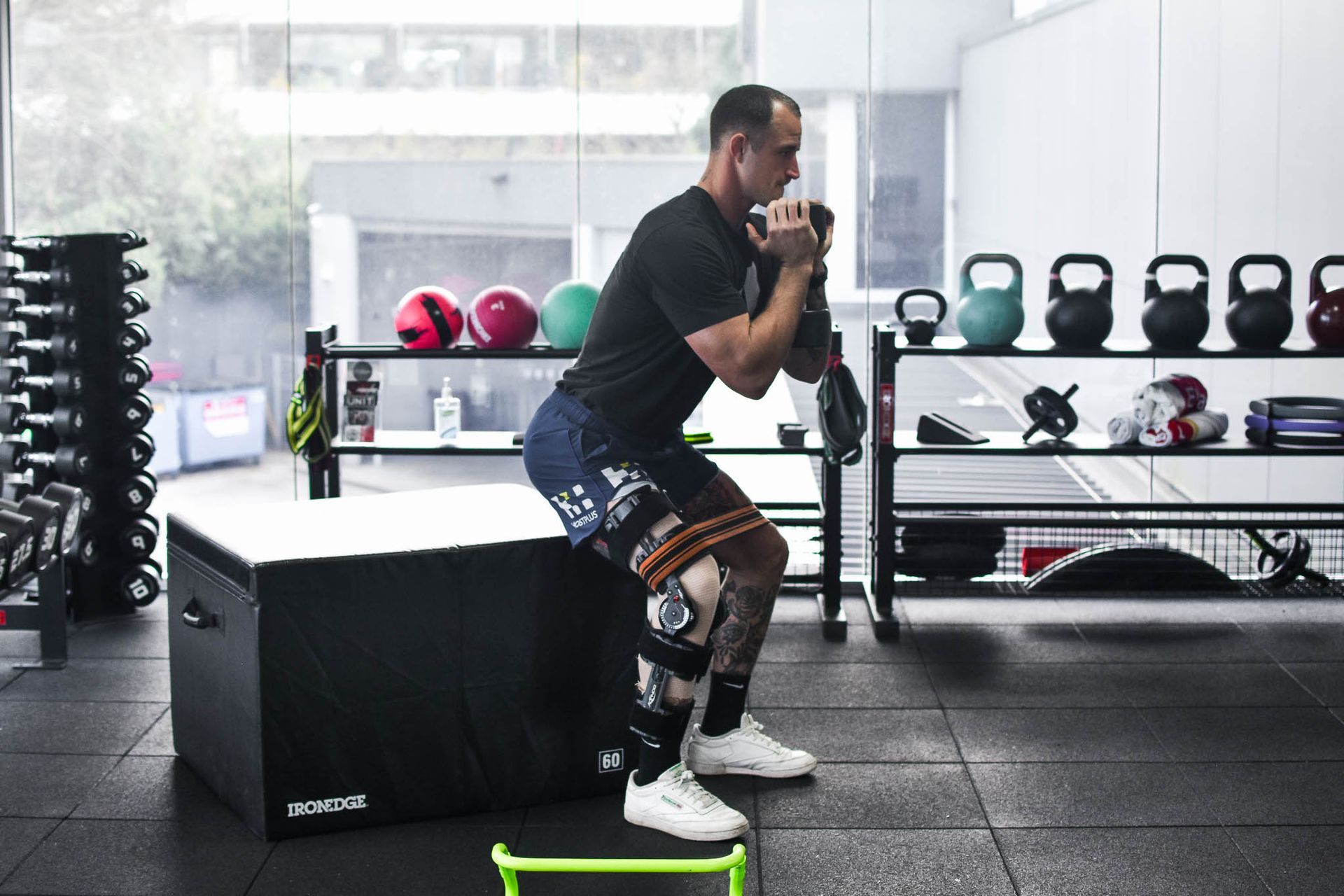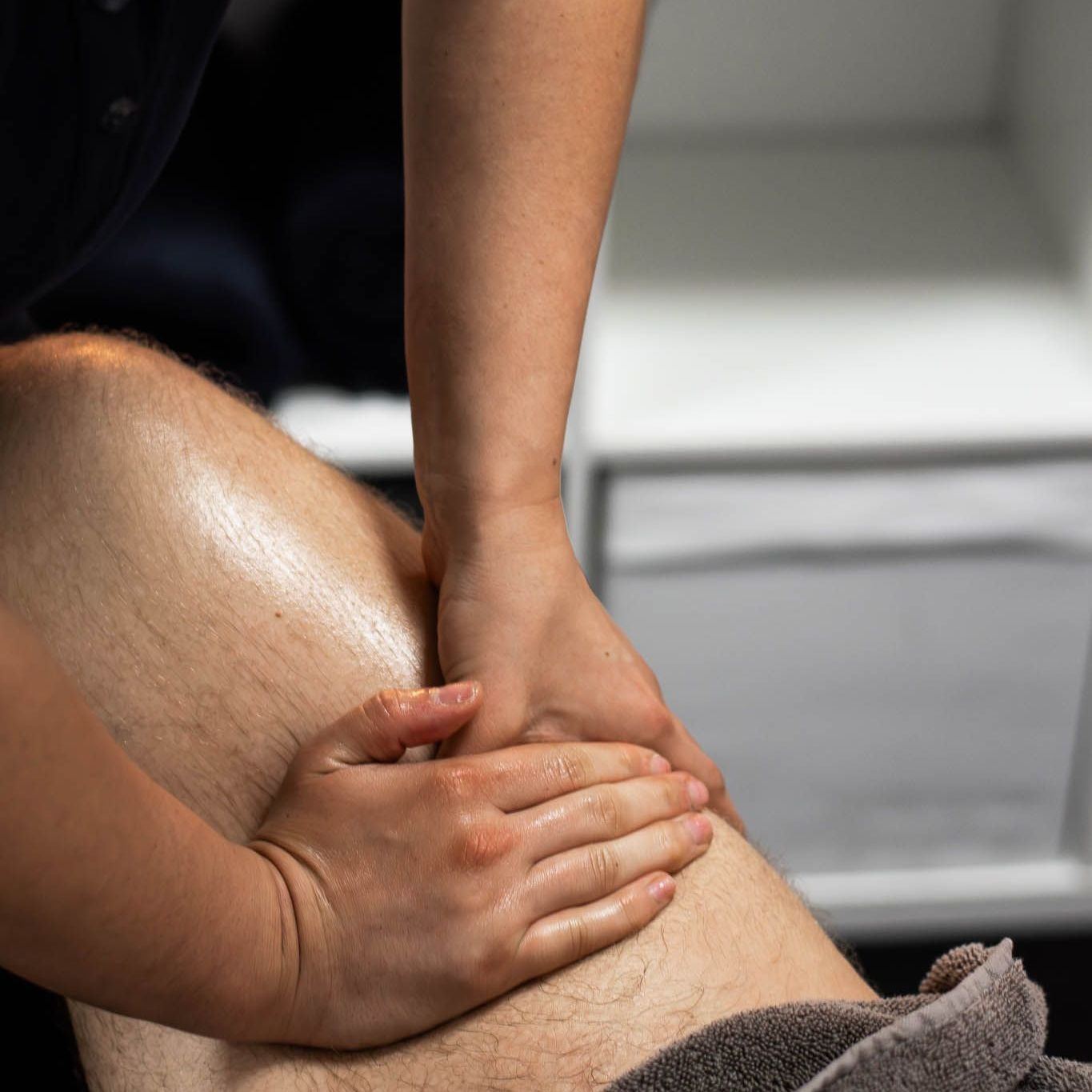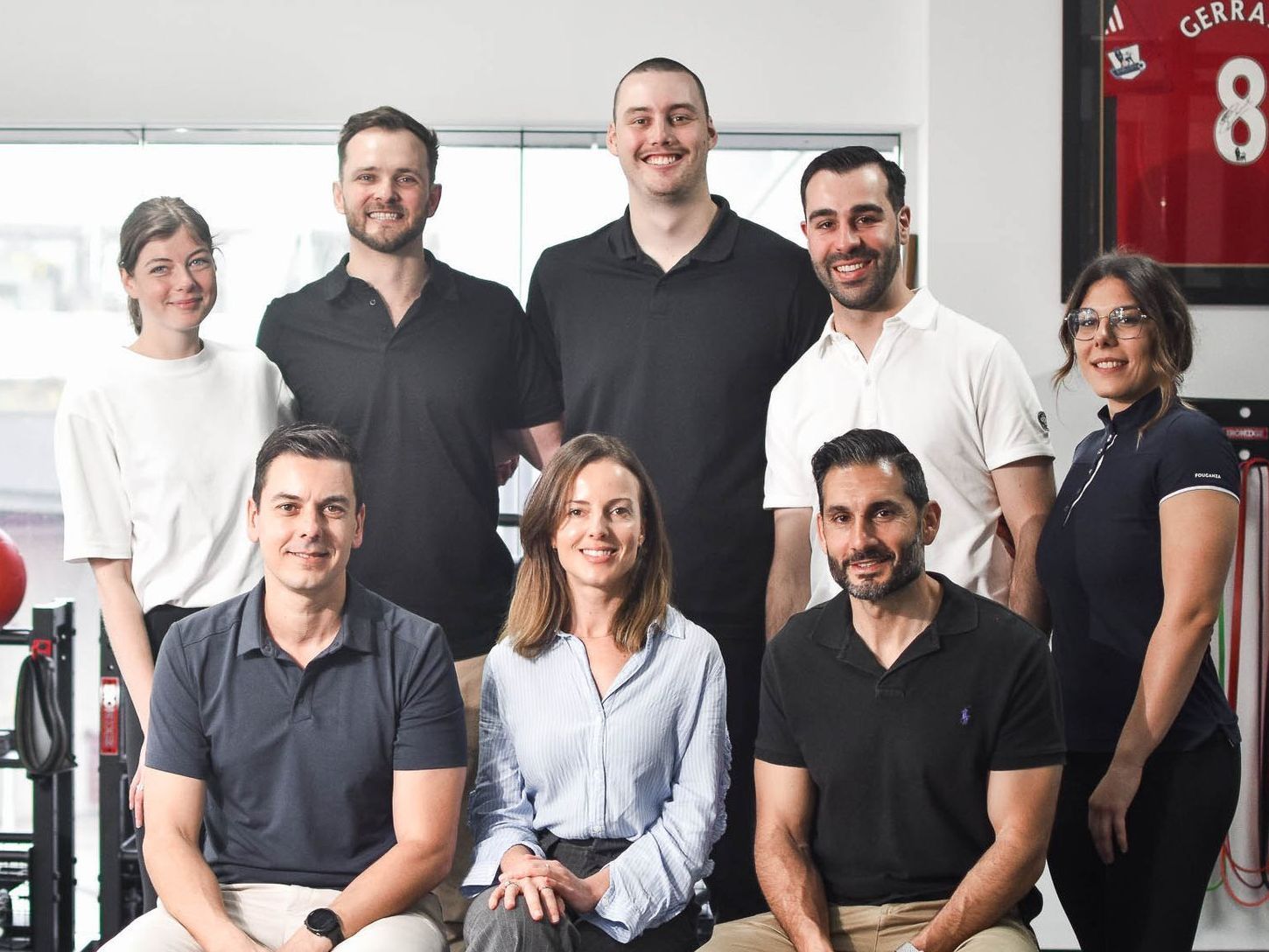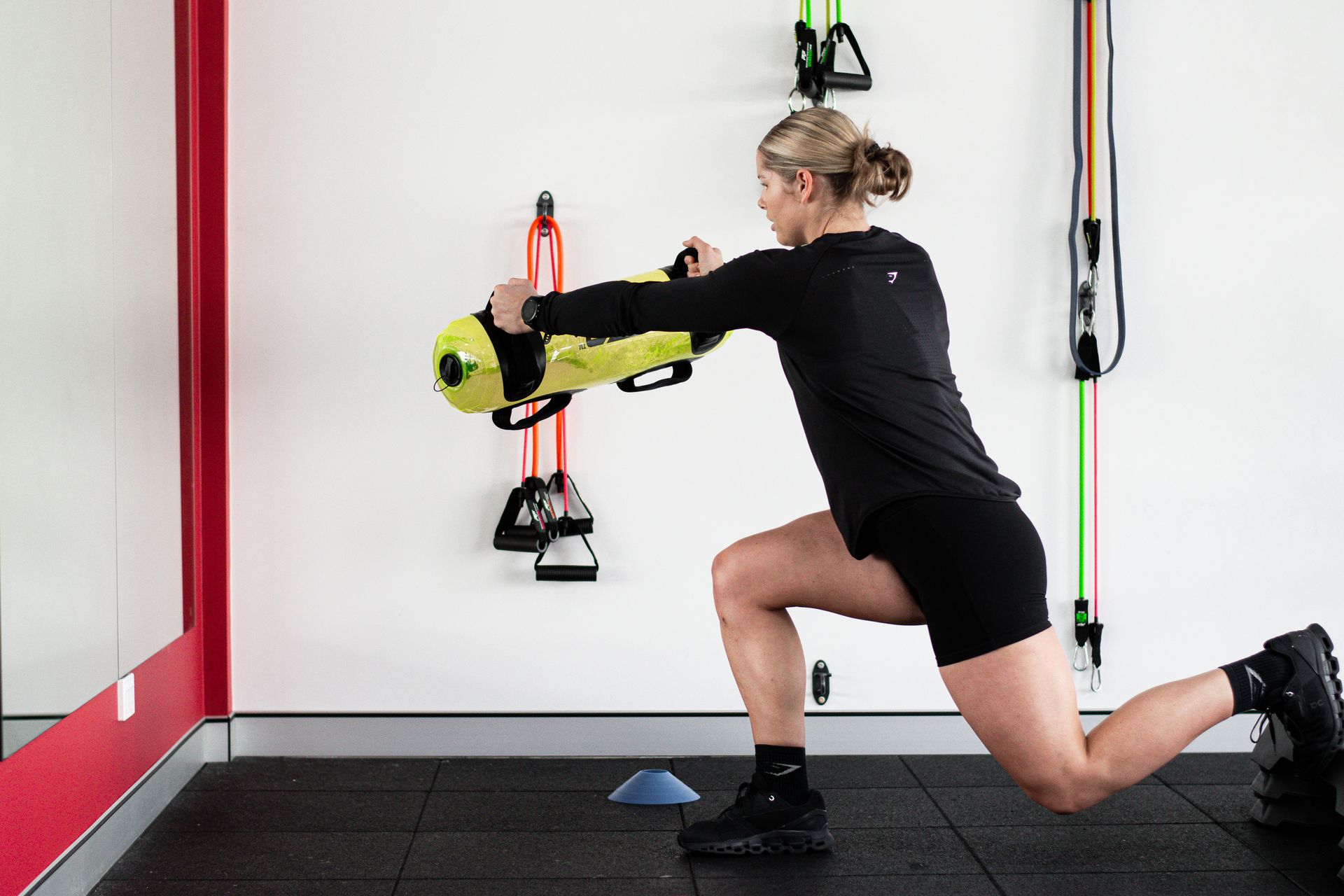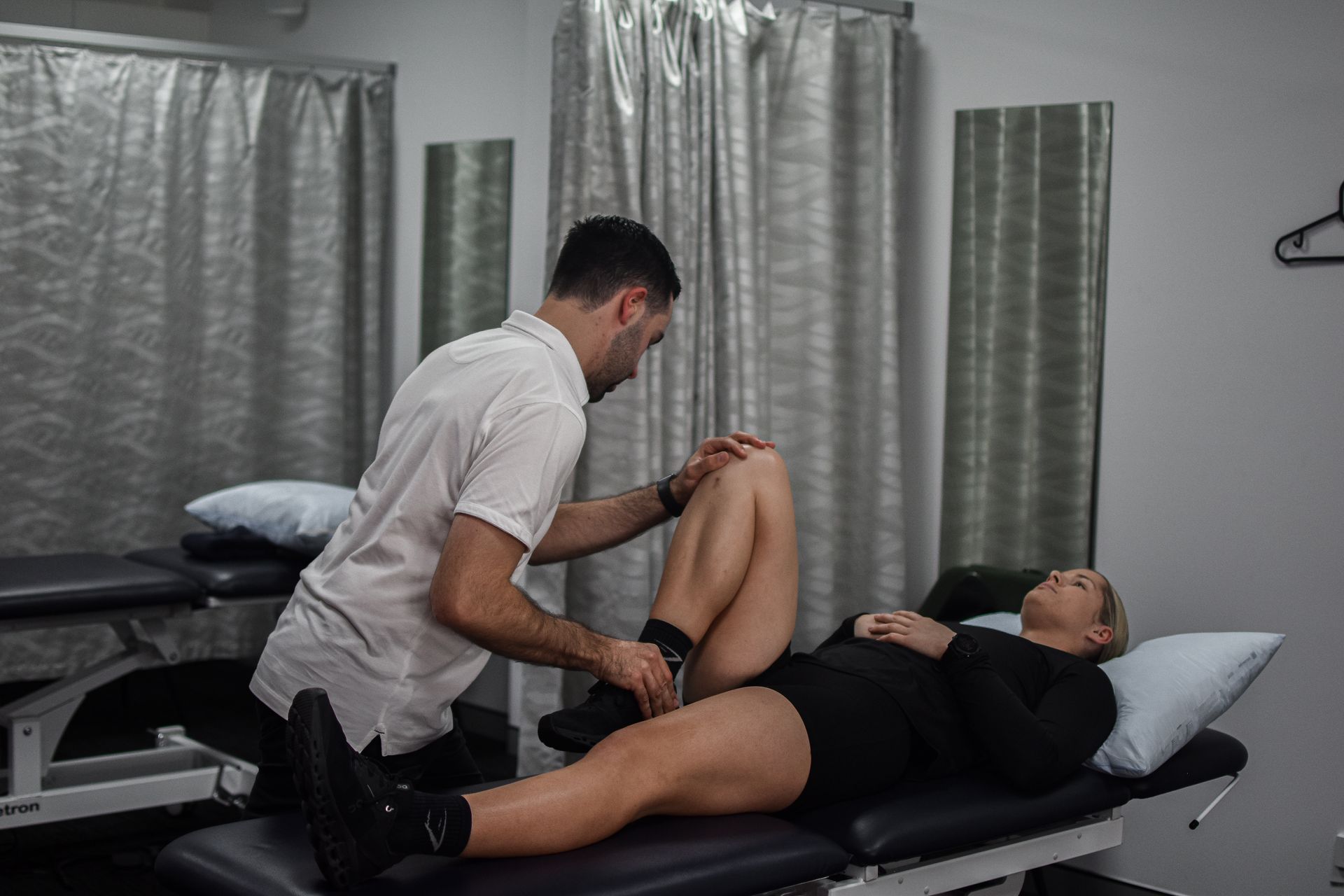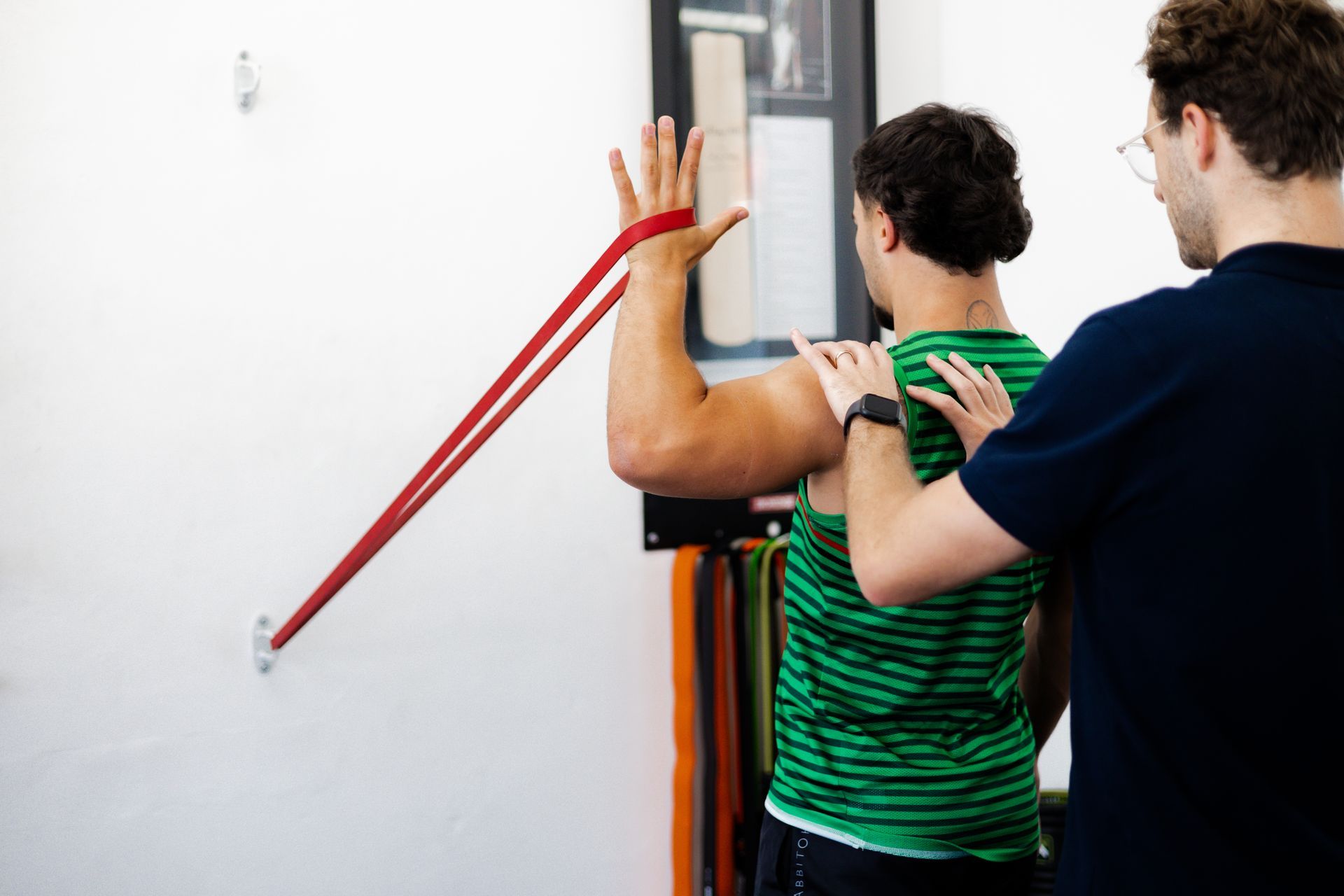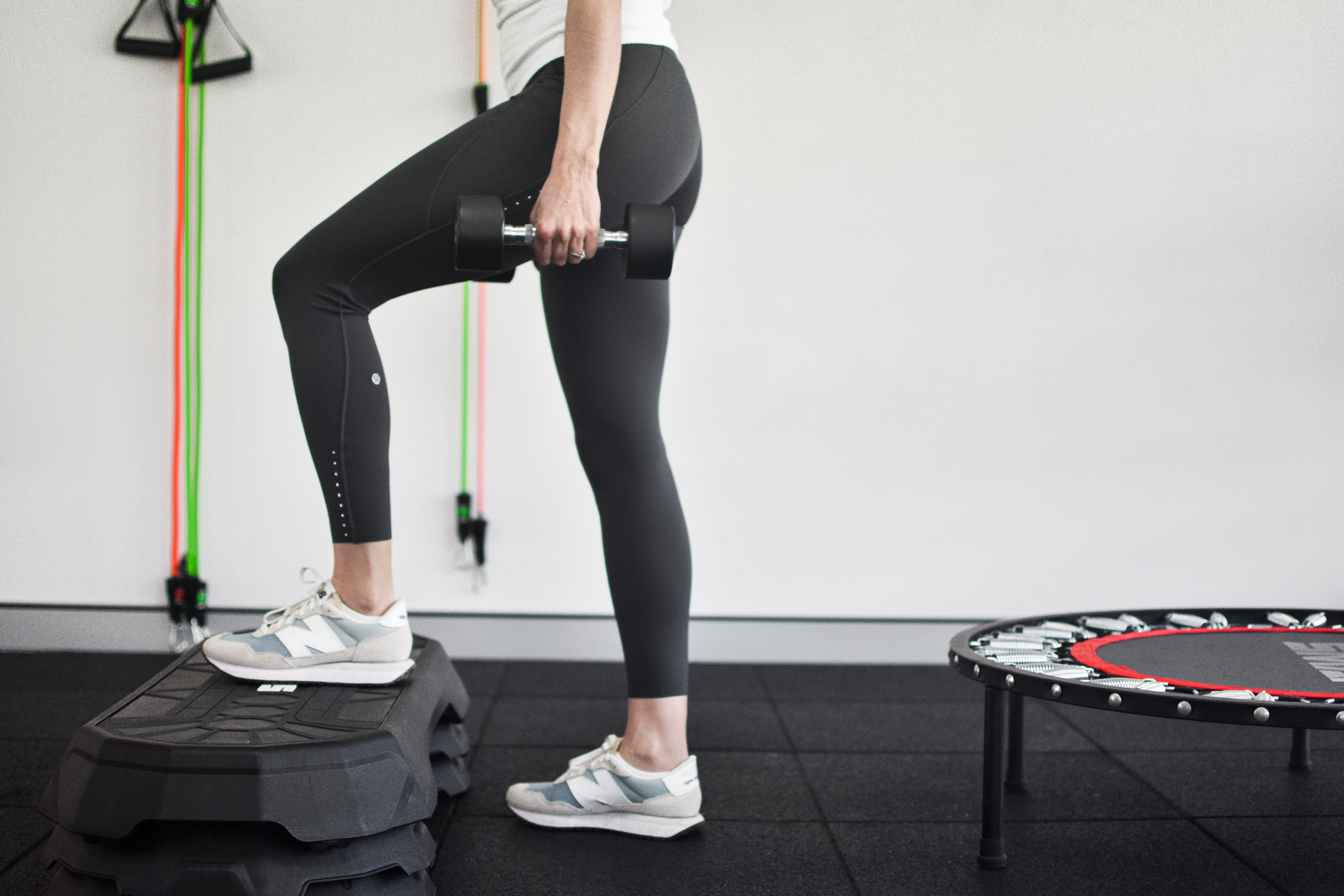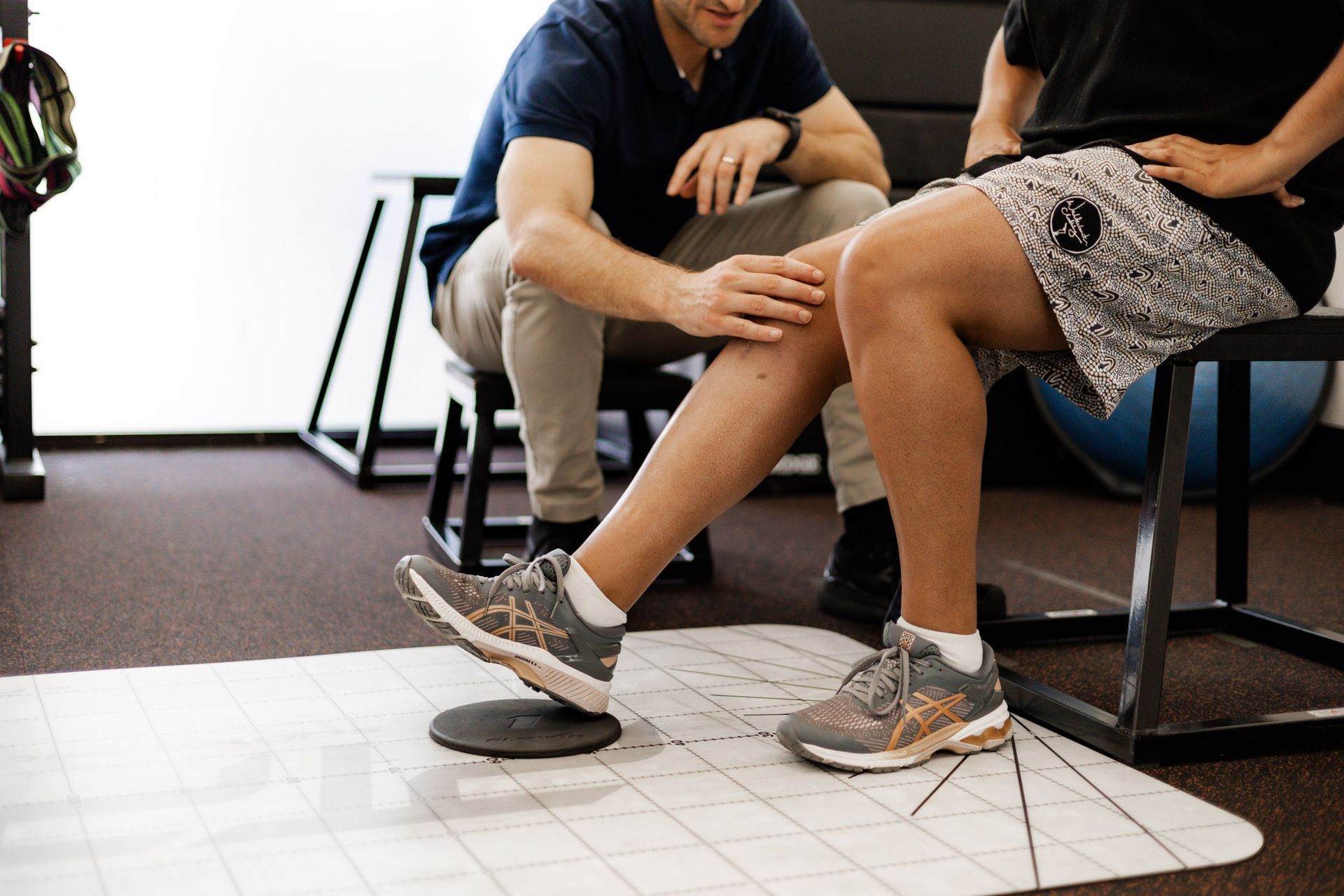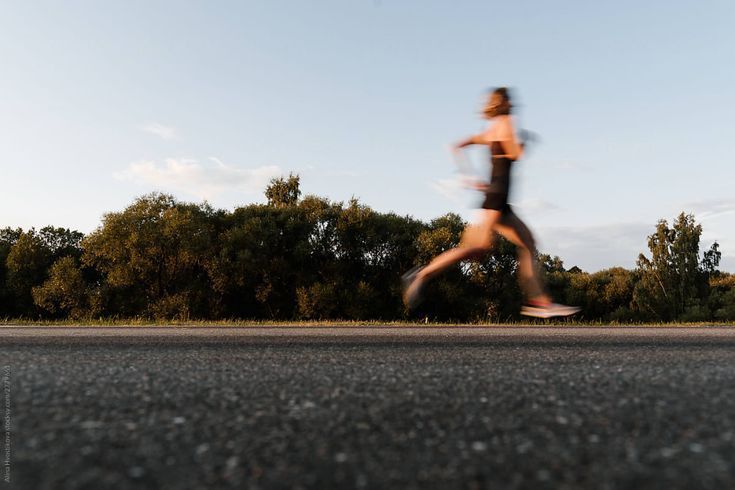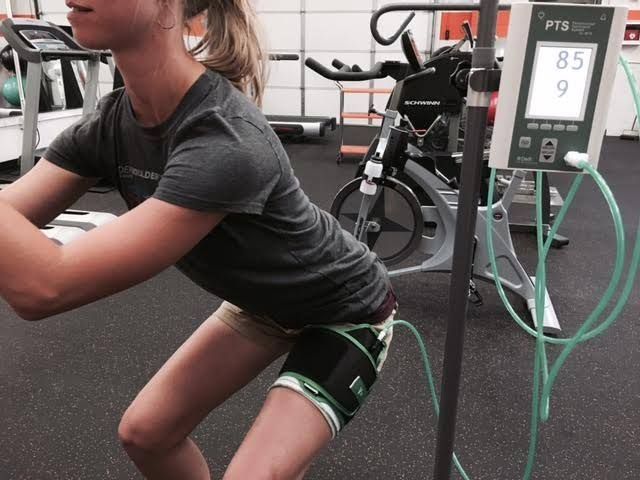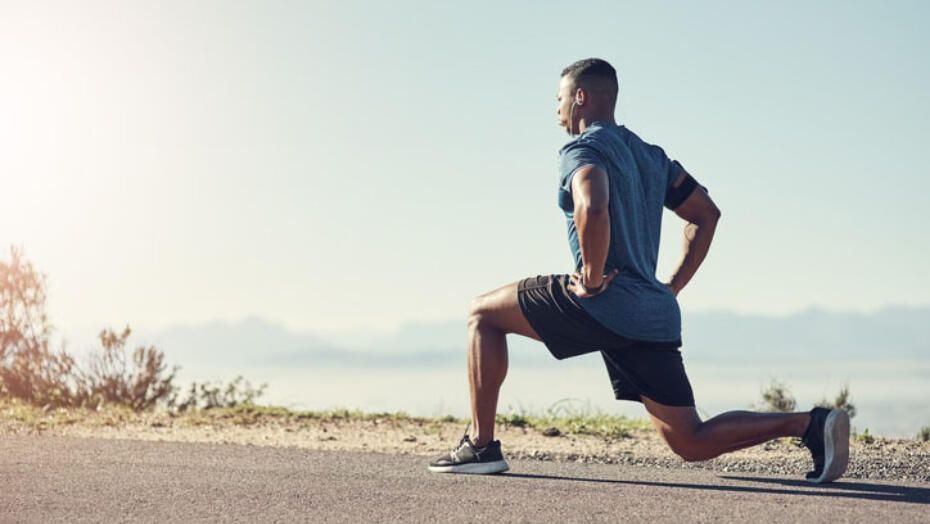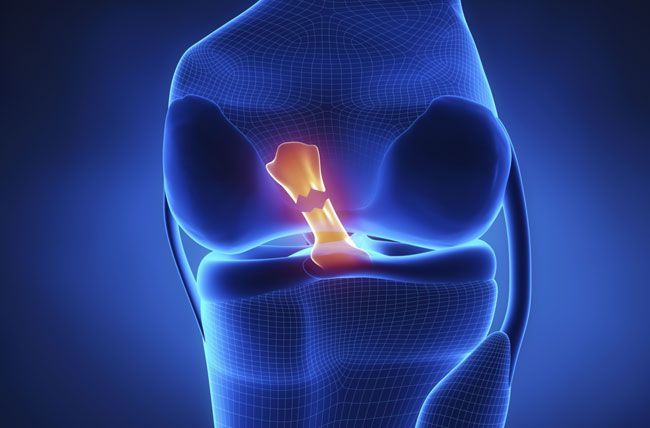Workstation Ergonomics – The Ultimate Guide
Workstation Setup – The Ultimate Guide
Posture related pain and musculoskeletal problems are becoming more prevalent in the digital age as we spend increasing amounts of time at work, as well as glued to our mobile phones. With developments in technology and an understanding of how the human body interacts with these environments, comes better knowledge on how to combat these problems. Gone are the days of being expected to sit perfectly upright, sit on a balance ball, or any number of one size fits all generic approaches. While there is no one correct way to sit at a workstation, seating should support postures that can be changed frequently within a comfortable range throughout the day. It should accommodate the work being done, the visual demands and the workers’ individual differences. This will reduce fatigue and strain on the neck, shoulders, back and legs.
The two most important items in any office setup for appropriate ergonomics are the chair and work desk. An appropriate workstation should be designed to allow adequate height, depth and work surface for your body dimensions, the type of work you do and the equipment that is required for use. The workstation should have the following features:
- a flat smooth surface for the keyboard and mouse
- space to position all the equipment so that posture or vision is not compromised
- a suitable height between 68 and 72cm from the top of the desk to the floor
- adequate clearance for legs under the desktop
- sufficient space under the desk to comfortably stretch legs
Most ergonomic chairs these days have all the adjustments required to ensure that it is the right fit for you. Typically, office chairs are classified as ergonomic when they have an adjustable seat height, seat depth and lumbar support. In addition, they should ideally have:
- An adjustable headrest
- Adjustable arm width and height
- Adjustable tilt tension and lock
Height adjustable workstations
Height adjustability is another highly desirable workstation feature and all height adjustable
Workstations need to be to easily adjustable. Sit to stand workstations allow the desktop to be used in either the seated or standing position and should have similar dimension to a standard workstation as well as being able to be raised to at least 110cm without disruption to equipment or items. Height adjustable workstations are important for highly sedentary work or where work requires sitting or standing positions for long periods. They are also extremely useful for very tall or short people as they can adjust the workstation to suit their needs.
The introduction of standing desks can improve physical ( chronic disease prevention or management ) and psychological (worker productivity, well-being) outcomes with workers. Because sitting for prolonged periods is harmful to physical health and incorporates large health costs, employers should consider standing desks as an alternative to sitting desks that could improve workplace health and the general well being of their staff. Recent research has shown that prolonged standing can also come with its own physical costs which brings us back to our main goal that aims for work stations which support postures that can be changed frequently within a comfortable range throughout the day.
Adopting some of the above changes to your work set up can significantly help with postural related workplace injuries. However, the most important factors that can prevent issues are how you interact with your environment, your posture and general muscle strength and flexibility.
